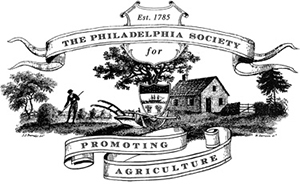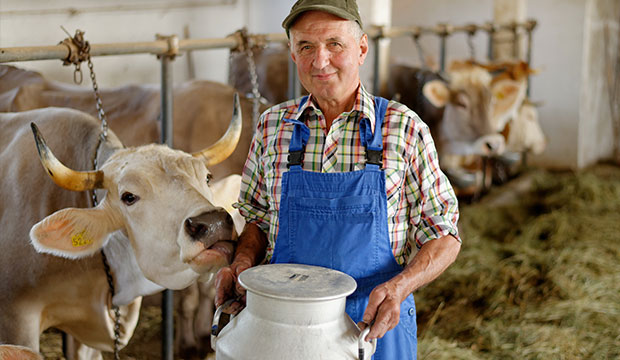Thank you to PSPA memberDuncan Allisonfor these great insights into current trends.
We had two fabulous speakers for our PSPA meeting on Thursday 5th December at the Union League in Philadelphia – the Secretary of Agriculture for Pennsylvania, the Honorable Russell Redding, and Senator Judith Schwank, the Minority Chair of the PA Agriculture and Rural Affairs Committee of the PA state legislature. Our dairy industry has always been a major traditional and critical segment of farming in Pennsylvania. It supports 52,000 jobs and generates $14.7 billion in economic activity. Yet, all has not been well in the dairy industry nationally. Milk prices have been at or below cost, which has resulted in a substantial number of dairy farmers across the country selling their dairy cows.
The market has been changing, resulting in a 40-47% reduction in the market for fluid milk due to health concerns and the proliferation of non-dairy based “milks”. Luckily, the sale of cheese and yogurt has been on the increase. It was disturbing to learn that PA dairy farms have not been keeping up with the milk yield increases in other dairy states. However, it was clear that dairy has been, and will continue to be, at the heart of farming in Pennsylvania.
Our dairy industry must be more competitive. There are market opportunities for a wider range of high quality cheeses, the presentation of fluid milk in smaller containers, lactose-free milk, better labeling including standardized sell-by dates, and other strategies to expand overall milk consumption. Ideally there should be a Pennsylvania brand. All farms must have a business plan. Total consumption of dairy products is alive and well and there are plenty of opportunities. But there are challenges to overcome.
Data – increasingly the basis of the future in agriculture. It doesn’t matter if it is inputs such as labor, machinery, computers and software programs, fertilizers, crop protection chemical use and weather forecasts; or outputs such as the storage, packaging and marketing of crops – all will depend on the use of data and computer programs. There were 15 new apps for agriculture available this year to enable analysis and understanding all the data that is available to ensure the best possible financial returns. Farmers are also being asked to collect and have available much more production information for food companies. This also fits in with the need for greater sustainability to meet the increased awareness of consumers to the fragility of our environment. “Technology is a game changer for everyone in agriculture” and the greatest opportunity for environmental stewardship is to manage activity.
Sustainability does not happen overnight so it is critical to pay close attention to details every activity, every season, day, harvest and year. “Not sexy but you can’t wait to get started.” Food companies are under much more pressure to know the details of how crops and livestock are grown and raised. Is this the future? Very likely.

